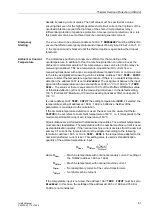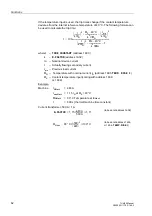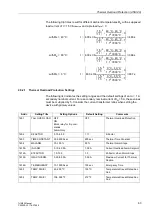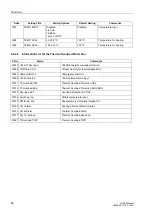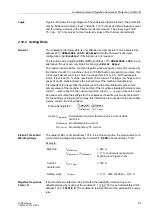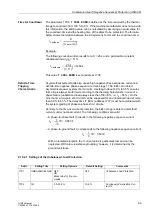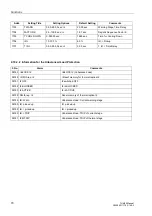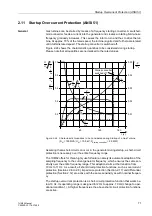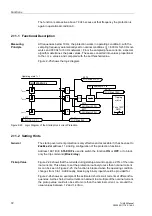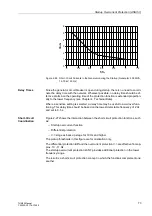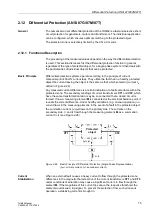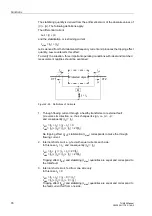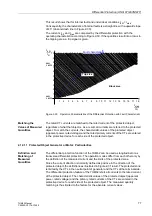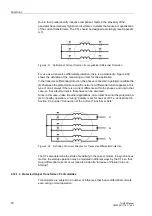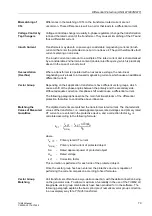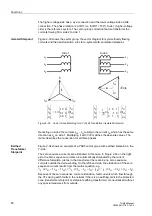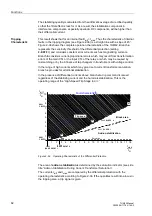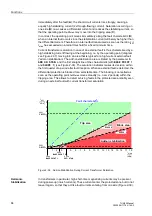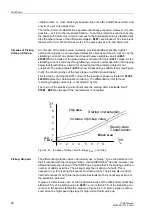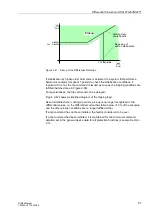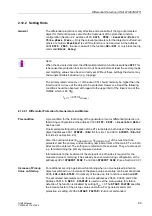
Differential Protection (ANSI 87G/87M/87T)
75
7UM62 Manual
C53000-G1176-C149-3
2.12
Differential Protection (ANSI 87G/87M/87T)
General
The numerical current differential protection of the 7UM62 is a fast and selective short-
circuit protection for generators, motors and transformers. The individual application
can be configured, which ensures optimum matching to the protected object.
The protected zone is selectively limited by the CTs at its ends.
2.12.1 Functional Description
The processing of the measured values depends on the way the differential protection
is used. This section discusses first the differential protection function in general,
regardless of the type of protected object, for a single-phase system. It then deals with
the particularities of individual objects that can be protected.
Basic Principle
Differential protection systems operate according to the principle of current
comparison (Kirchhoff’s current law). They utilize the fact that in a healthy protected
object the current leaving the object is the same as that which entered it (current
I
p
,
dotted in Figure 2-28).
Any measured current difference is a certain indication of a fault somewhere within the
protected zone. The secondary windings of current transformers CT1 and CT2, which
have the same transformation ratio, may be so connected that a closed circuit is
formed. If now a measuring element M is connected at the electrical balance point, it
reveals the current difference. Under healthy conditions (e.g. on-load operation) no
current flows in the measuring element. In the event of a fault in the protected object,
the summation current
I
p1
+
I
p2
flows on the primary side. The currents on the
secondary side, I
1
and I
2
flow through the measuring element M. as a summation
current I
1
+I
2
(see Figure 2-28).
Figure 2-28
Basic Principle of Differential Protection (Single-Phase Representation)
(
I
px
= primary current,
I
x
= secondary current)
Current
Stabilization
When an external fault causes a heavy current to flow through the protected zone,
differences in the magnetic characteristics of the current transformers CT1 and CT2
under conditions of saturation may cause a significant current to flow through the
element M. If the magnitude of this current lies above the response threshold, the
element would issue a trip signal. To prevent the protection from such erroneous
operation, a stabilizing current is brought in.
Protected
M
CT1
CT2
I
p
I
p1
I
p
I
p2
I
I
1
I
I
2
I
p1
+
I
p2
I
1
+I
2
object

